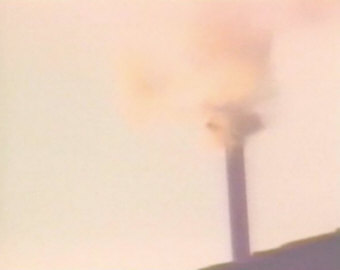
Rite, Ritual, and Tradition – Knock Three Times
Secret ballots. Black and white smoke. Tapping the forehead of the dead pope with a hammer three times. There are many elaborate rites and traditions involved when electing a new pope, some dating from the Middle Ages, others as modern as sweeping the Vatican buildings for electronic listening devices.
Vote Or Starve
Back in the 13th century it took almost three years to install a new pope. After the death of Pope Clement IV, who died in 1268, church officials became involved in a bitter political struggle and many refused to vote. Finally, in effort to break the stalemate, the cardinals were fed only bread and water. The roof of the building they were staying in was removed. The desperate measures worked, because a new pope was soon elected.
In the age of the bullet-proof popemobile, electing a new pope has gone modern. The Sacred College of Cardinals, the electoral body which chooses the pope, will continue to meet and vote in the Sistine Chapel. Breaking with tradition, though, they won’t be locked in. Instead they’ll live in nearby Casa Santa Marta, new hotel-style facilities in the Vatican, and will be bused the short distance to the chapel where Michelangelo painted the ceiling and Last Judgement frescoes.
Knock Three Times
When the Pope dies, the officials that were part of the papal administration no longer rule. The governing of the Vatican is taken over by the Camerlengo of the Holy Roman Church, or Chamberlain of the church. The camerlengo supervises all aspects of what goes on from the the death of the pope to the election of the next pope. His responsibilities include the papal funeral and preparations for the conclave.
The camerlengo’s first duty is to perform a medieval ritual. At the deathbed of the pope the camerlengo takes a silver hammer and lightly taps on the pope’s forehead three times, calling him by his Christian name. When there is no reply, he announces to those present that the pope is dead. The camerlengo also removes the Fisherman’s Ring from the Pope’s finger. At the first meeting of the Sacred College the ring and papal seals are broken.
Holy Smokes!
Is that black smoke coming from the Sistine Chapel at the Vatican? One of the most famous traditions of the papal succession ritual is the appearance of smoke from the chimney of the conclave room. The eligible cardinals conduct a secret ballot until someone receives a vote of two-thirds plus one. The ballots are burned after each vote. Black smoke (straw is mixed with the ballots) indicates a failed ballot, white smoke means a new pope has been elected. Since the cardinals meet in isolation, it’s the only way to inform the public about the proceedings.
During the coronation of a new Pope, flax is burned and the words Sic transit gloria mundi, “Thus passes the glory of the world,” are recited. It’s meant to represent the temporary nature of earthly glory. Popes come and go, but the papacy, one of the world’s enduring institutions, continues to provide spiritual guidance to over a billion Catholics.
Source: http://italian.about.com/library/weekly/aa050901a.htm






























